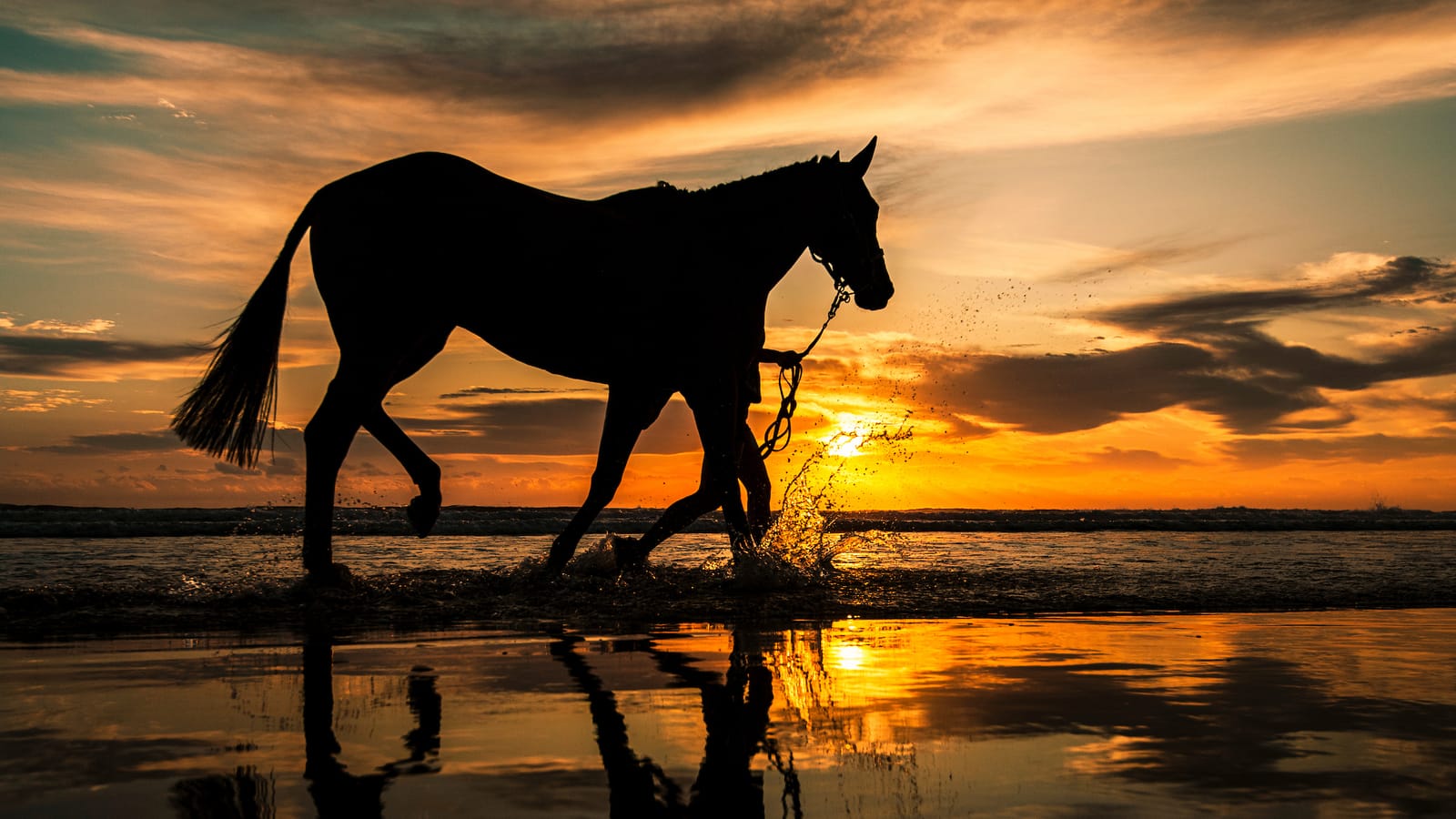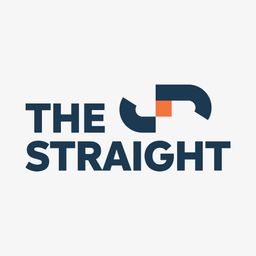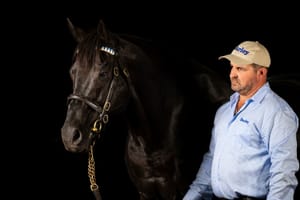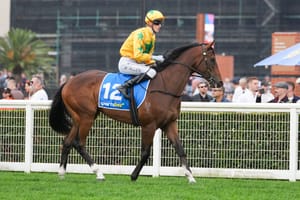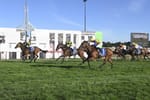A landmark research project, commissioned by Racing Australia and involving more than 1200 horses in training, will be undertaken to determine if a key biomarker can be used as a predictor of equine lameness and fractures.
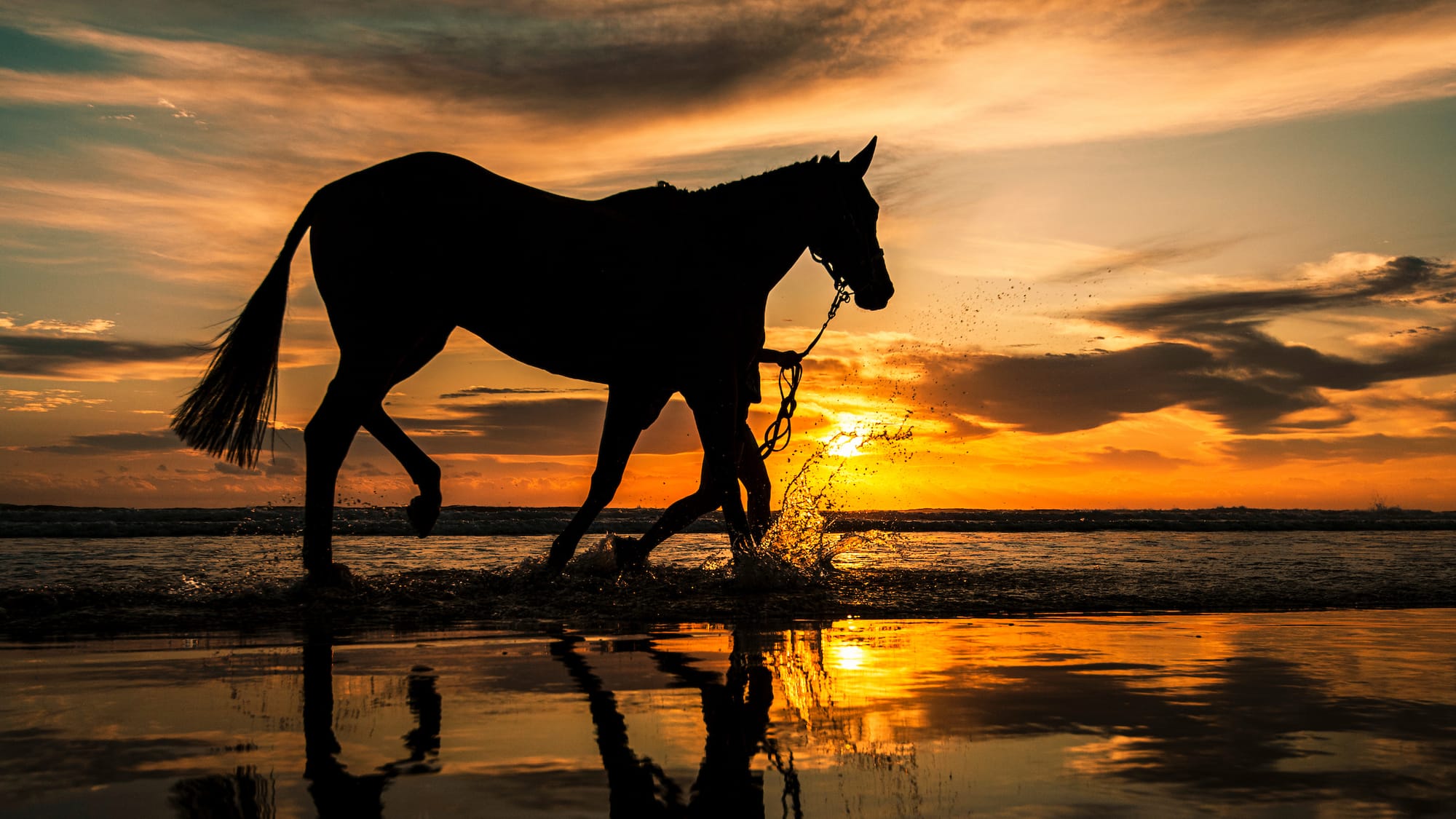
The $400,000 study, co-ordinated between RA’s Equine Genetics Research Centre (EGRC) and private company TeleMedVET, and led by the school of Agriculture and Environment at the University of Western Australia, will assess thoroughbreds in training across three states over a 12-month period.
Part-funded by Racing Australia’s Research and Development Fund, it is the most significant research project spearheaded by RA since the formation of the Scone-based EGRC in 2018.
TeleMedVET, a WA nuclear medicine company founded by Pete Tually and Chris Cowcher, has already done significant research into the serum bone biomarker Osteocalcin (OC).
Their existing research and technology came to the attention of EGRC director Dr Natasha Hamilton, who was immediately intrigued as to its potential.
“I think like anyone who has anything to do with the industry or horses at all, if you never see another horse break down, it's too soon,” she tells The Straight.
“When this first came across my desk, I had a look at it and went ‘biomarker? Biomarkers have been done before. They've not really worked, but it was quite a compelling sort of argument.”
“And the more I read on it, the more I thought, look, I think we really need to give this a go.”
Tually doesn’t have a veterinary background but his experience in research and diagnosis with the genetic predisposition to osteoporosis in humans led him to wonder if there was a genetic indicator which could help ascertain why specific horses suffered repeated injuries.
He puts this quite neatly, in terms easily understandable to anyone who has had medical tests.
“It's the blood test which is giving the patient the voice in the same way we hope that the blood test will give the horse a voice in identifying disease earlier,” he said.
Having found Hamilton through a Google search when looking for information on genetic testing, Tually has been working on the background research for this project for some time.
The result will be 1200 horses, 320 per quarter, being studied across Western Australia, Victoria and NSW over the next year.
“There were pilot studies conducted that showed this biomarker was elevated in horses with lameness,” Hamilton said.
“Every horse probably has this mechanical limit, but, at the moment, we can't predict what that limit is for each particular horse. So this is the most practical way to look at it.”
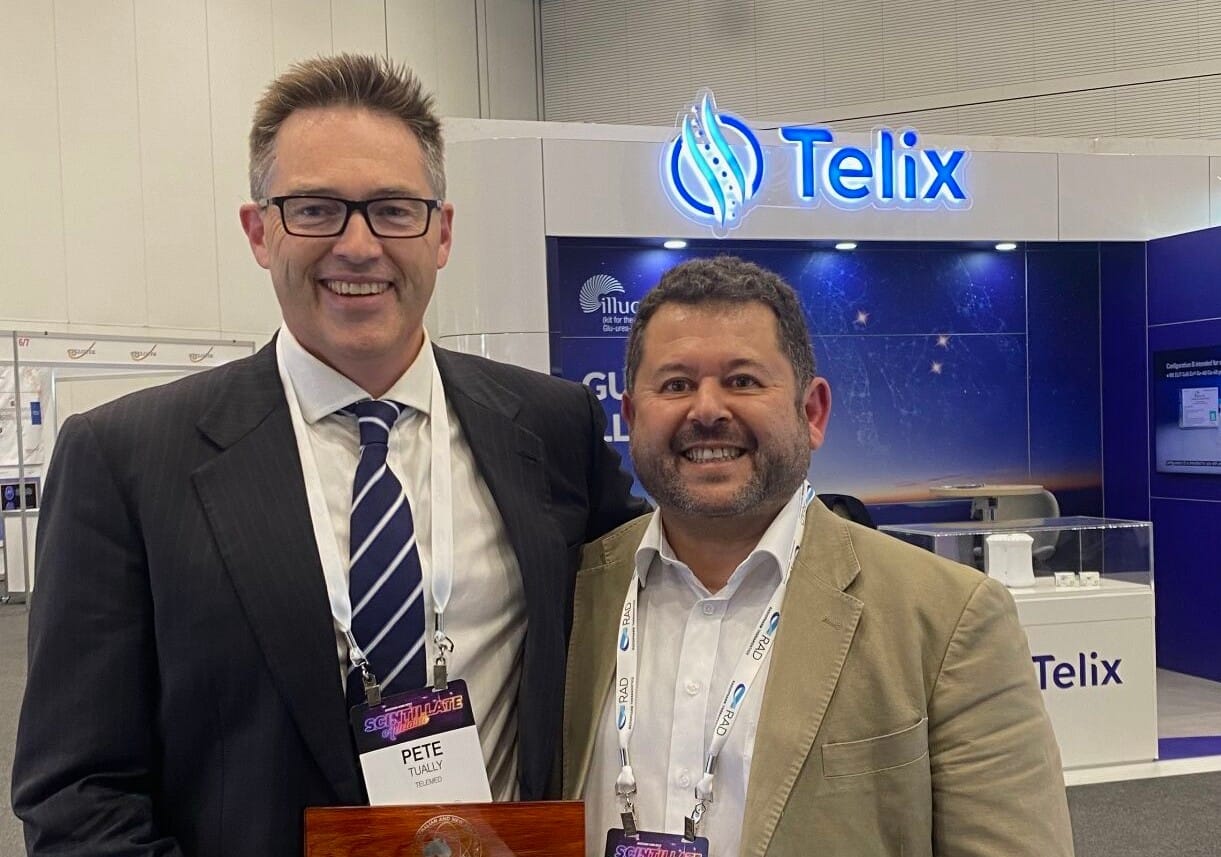
The practical aspect of the study involves the TeleMedVET vet team collecting samples from horses in fast work or in racing.
“The idea is to get an understanding of what those biomarker levels are just in that general population. And then further, if there are horses with elevated levels, you can then follow up and look at their performance and follow up with the checks to the stables to see whether they've had veterinary intervention or had any issues as well to follow up from that,” Hamilton said.
As the director of EGRC, Hamilton says she gets plenty of research projects across her desk, but it was the practicality and industry support for this specific project plus the work done already that made it appealing.
“The difference between this study and other studies or other research that I've been involved in my whole career is that it can be difficult to get industry involvement for various reasons,” Hamilton said.
“It might be that they have to provide samples and they don't want to, or trainers that have withdrawn from basic studies looking at development of certain issues because they don't want people stealing their training systems and things like that.
“When TeleMedVet came to us and said, ‘we've already got support of trainers, we've talked to the vet’, I've got letters signed saying that they give permission to use these horses, that tells me that there's a demand for it within the industry.”
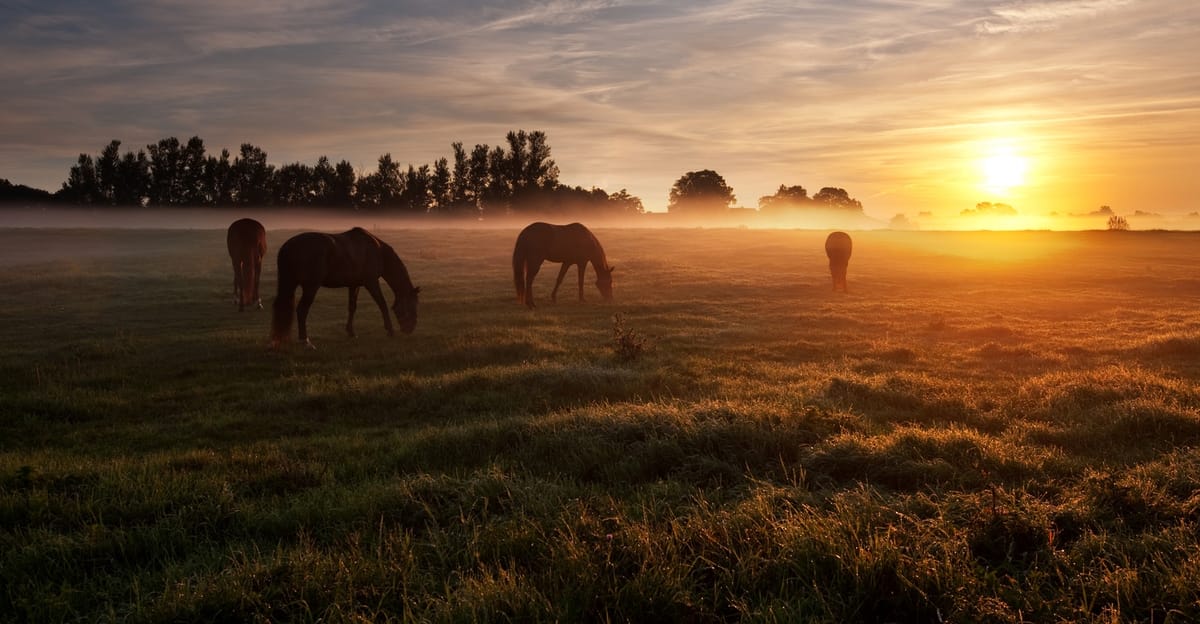
The fact that pilot study has already been done was also key in getting the support to utilise Racing Australia’s Research and Development Fund, which has been created through a $20 levy on every thoroughbred registration in Australia
“They've done pilot work and that's usually critical because it shows that you will get the result whether it's positive or not. And on the pilot studies, and what really was needed to verify is this sort of broad scale study in a much bigger population,” Hamilton said,
“There's a clear question here. Does the level of this biomarker indicate that there is increased activity in the bone cells? And the really clear benefit was welfare.”
She said the possibility a blood test could detect such risk would also be a much more affordable option, as opposed to the use of scintigraphy, which has come to prominence in the stringent tests applied to potential Melbourne Cup runners.
“It's absolutely a management tool. And there’s that idea would be that there's a relatively cheap and available test that can be done instead of having to pay thousands and thousands of dollars for bone scans,” she said.
While this specific research project is focused on horses in work, there are also potential applications for horses at other points of their life, such as when they are developing as yearlings or two-year-olds, or when they are retired. Hamilton also sees future opportunities for eventing horses and even standardbreds.
“Every horse probably has this mechanical limit, but, at the moment, we can't predict what that limit is for each particular horse. So this is the most practical way to look at it” - Dr Natasha Hamilton
The research project will be peer-reviewed on its completion in 2026, a process which Tually knows can be quite political, but which he sees as important to realising the benefit of gaining greater understanding.
“The motivation here is to contribute to the body of scientific knowledge. That's why, as scientists, we want to put our data out there, have it peer-reviewed, have it critically analysed. No one here's got glass jaws,” he said.
“Everyone will have a different perspective on it. But at the end of the day, if we generate good data that's verifiable and potentially reproducible in other jurisdictions, then we might have something.”
While similar studies have, or are being conducted overseas, Hamilton said none of those involved specific research into Osteocalcin and the fact this was looking at Australian horses was of tremendous value.
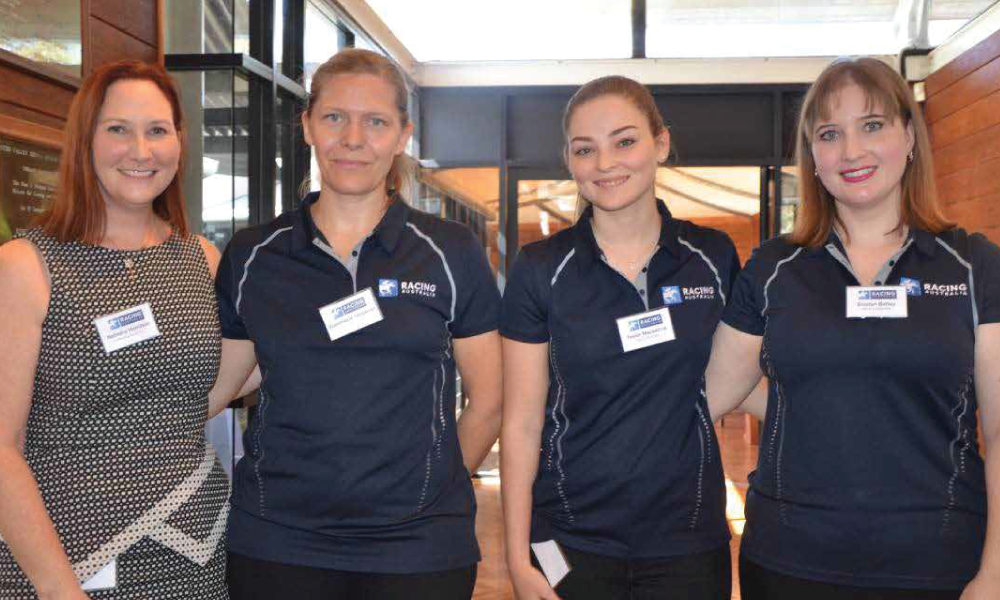
“You might have a sample of 1200 horses in a study, and that's a nice representative sample. We know it's representative because it's from here,” she said.
Both Hamilton and Tually see new technology, particularly AI, as revolutionary for equine science and welfare, particularly in diagnostics.
“The computer detects pattern differences far more accurately than the eye. And it does so reproducibly. And it does so more quickly,” Tually said.
“And over time, we're going to keep feeding the beast, which will give it more information when we have LLM (Large Language Models) and other types of deep learning technologies. That'll be the future.
“I do envisage a day where we'll be able to get this technology out, risk stratification technology, not just to the high rollers, but to every horse in the country.”
That potential is likely to lead to further opportunities for research projects in the future, across all aspects of the industry, something Hamilton says RA will be eager to support.
“I’d say to people, if you've got an idea and it's got something to do with welfare and traceability, which are the big things we would like to support within RA, then let us know,” she said.
“That includes people as well. So jockey safety or anyone else involved, that's sort of where I'd like to see this go. I'd certainly like to see us being able to fund more projects in the future. It's sure as exciting as this one, even better.”

